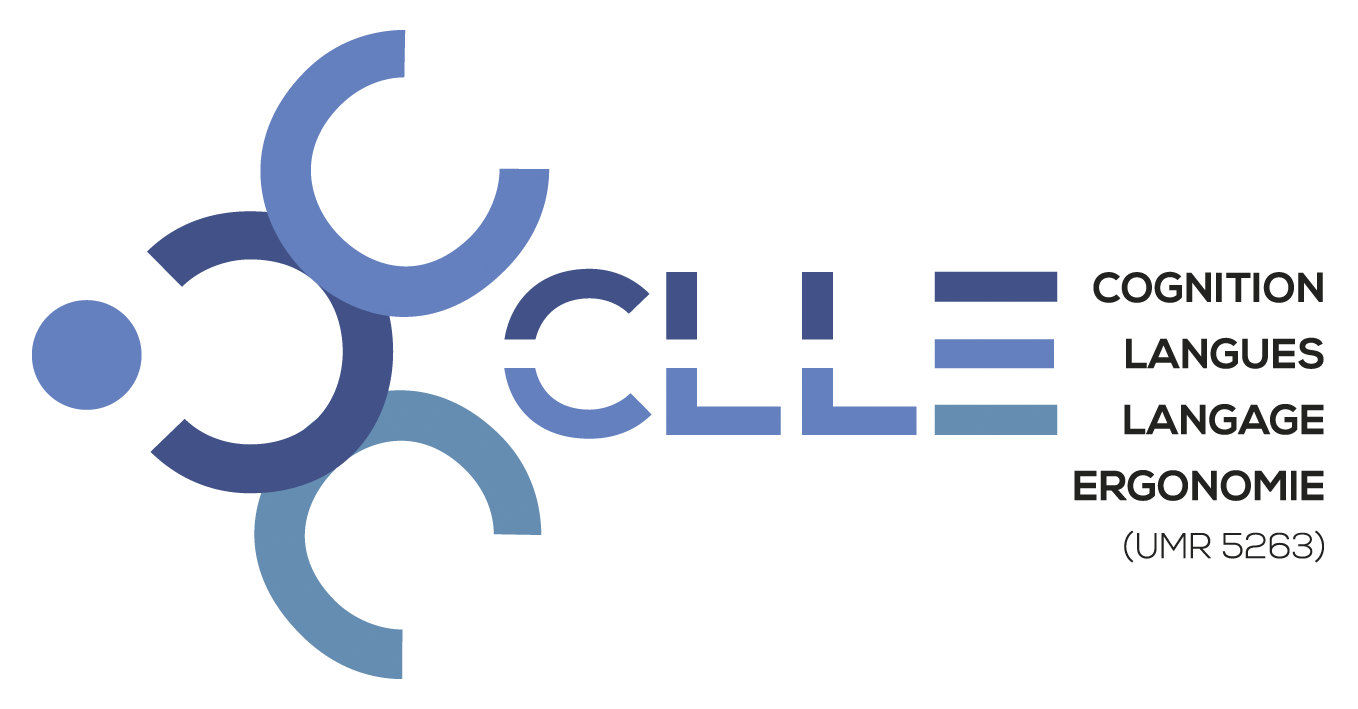-
Partager cette page
Neuroscience-inspired multisensory design
Publié le 4 septembre 2017 – Mis à jour le 14 février 2018
le 26 janvier 2018
14 h
AMPHI ODG4 - Bâtiment Olympes de GougeCharles Spence - Oxford University Séminaire CLLE-LTC
In this talk, I will demonstrate how the perceptual quality of any interface or system cannot really be understood without reference to the emerging field of multisensory integration research. There has been a growing realization in recent years of the importance of multisensory design: The idea here being that one’s product, device, or interface should have multiple sensory touch points. However, what many people typically fail to realize are the profound, if often surprising, ways in which changing one sensory attribute of a product, system, or interface can impact on a user’s perception of qualities that are more normally associated with another sense. So, for example, one can change the feel of a mobile device by changing the sound it makes when the user touches it. Similarly, adding sound can enhance a consumer’s interaction with everything from augmented reality clothing applications through to some of the dishes served at modernist restaurants. Research on multisensory perception is also starting to provide important insights for the design of multisensory displays and warning systems for human operators working in a variety of situations. The hope, then, is that by gaining a better understanding of the rules governing multisensory perception in humans we will gain a better handle on both measuring, and knowing how to improve the perceived quality and usability of a variety of systems, interfaces, and devices.





